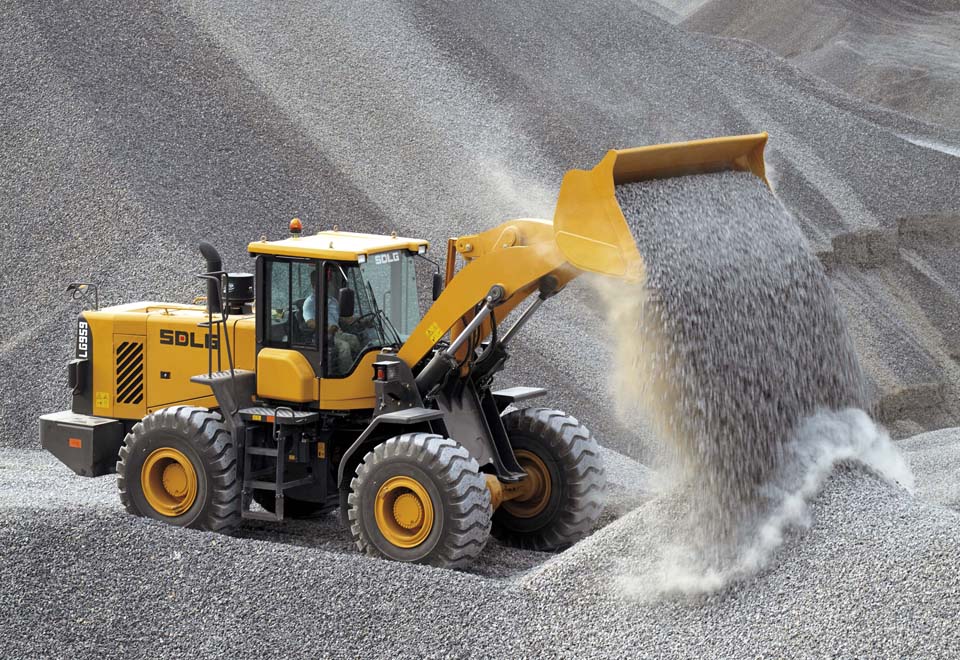1. Lower total cost of ownership – While less expensive on the initial sticker price than new ‘value’ equipment, the maintenance and repair costs of a auction machine can add up over its lifecycle. Repair and maintenance costs can run as high as 75% of the machine’s purchase price, and typically see a rapid increase in years four, five and six of ownership, which is when most used machines are purchased.
2. Warranties – Not only will a new value machine need less repairs and maintenance, which translates to more uptime and fewer project delays, they are also covered by manufacturer warranties. Often first year service is covered, plus extended warranties are also available on many new machines.
3. Dealer relationships – Buyers should consider their preferred equipment dealer, and how they factor into repair and maintenance. Taking auction equipment to a third-party for service could be more costly. When buying a new value machine from a long-time dealer partner, they often back the machine’s warranty and provide more timely service at a better price.
4. Better fits for applications – It might be tempting to buy a auction machine for all of its cutting-edge features. But if you are doing seasonal or low-hour applications, you may be paying for features you don’t need, or worse, paying to replace them if they break. Example: pricey electronics that have corroded and need replacement. A new value machine only has the basic, time-tested features needed for a variety of applications.
5. It’s new! – Nothing beats the feeling of pulling the sticker off of a brand-new piece of equipment and getting it out on the job site for the first time. Although they are called value equipment, make no mistake. Today’s machines are manufactured to extremely high production standards and feature technology that has been proven time and time again over the last few decades. Value doesn’t mean cheap; it means not paying for features you don’t need.




